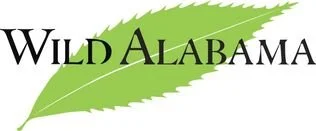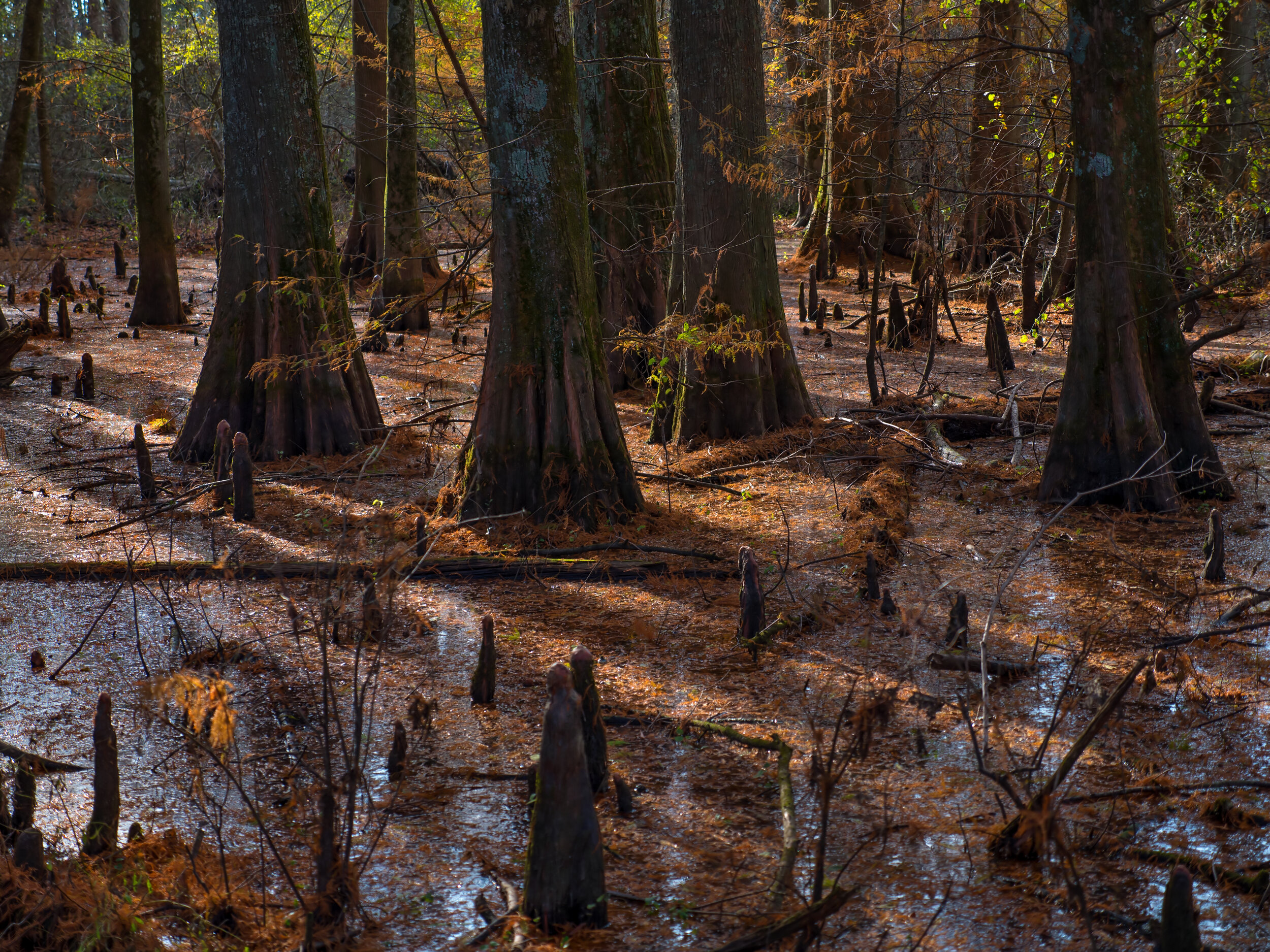
Upcoming events
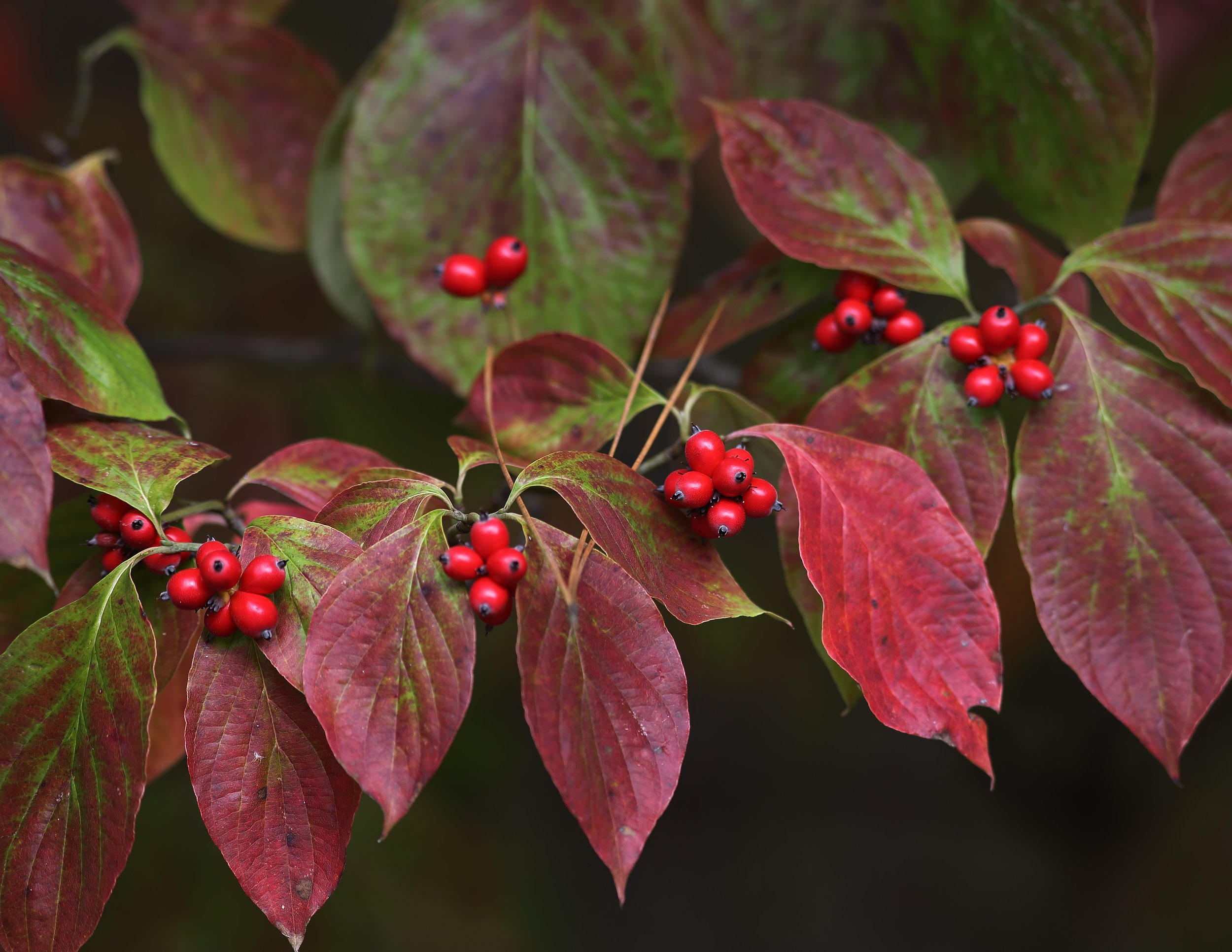
Events Calendar
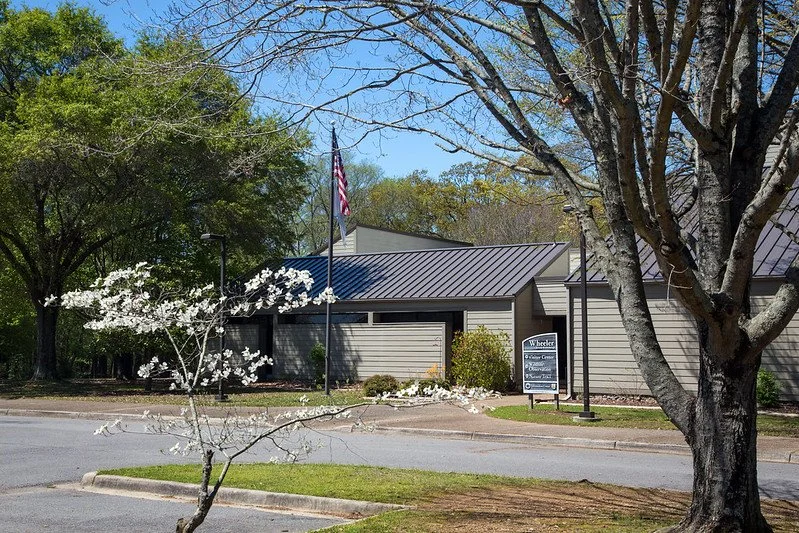
Decatur Public Library’s StoryWalk®
Take a walk on Wheeler National Wildlife Refuge’s Atkeson Cypress Trail and read the story Together, written by Isabel Otter and illustrated by Clover Robin.
Available during Refuge hours - (CLOSED Thanksgiving Day, Christmas Eve, Christmas Day, and New Year’s Day).

Meet & Greet with Hope
Come meet Hope, the mascot for the International Crane Foundation! She will be at the Cook Museum of Natural Science, check this link for more details.
FREE (Exhibits Not Included)

Story Time with Hope
Hope, mascot for the International Crane Foundation, will present this free story time for all ages. Hope appears courtesy of the International Crane Foundation.
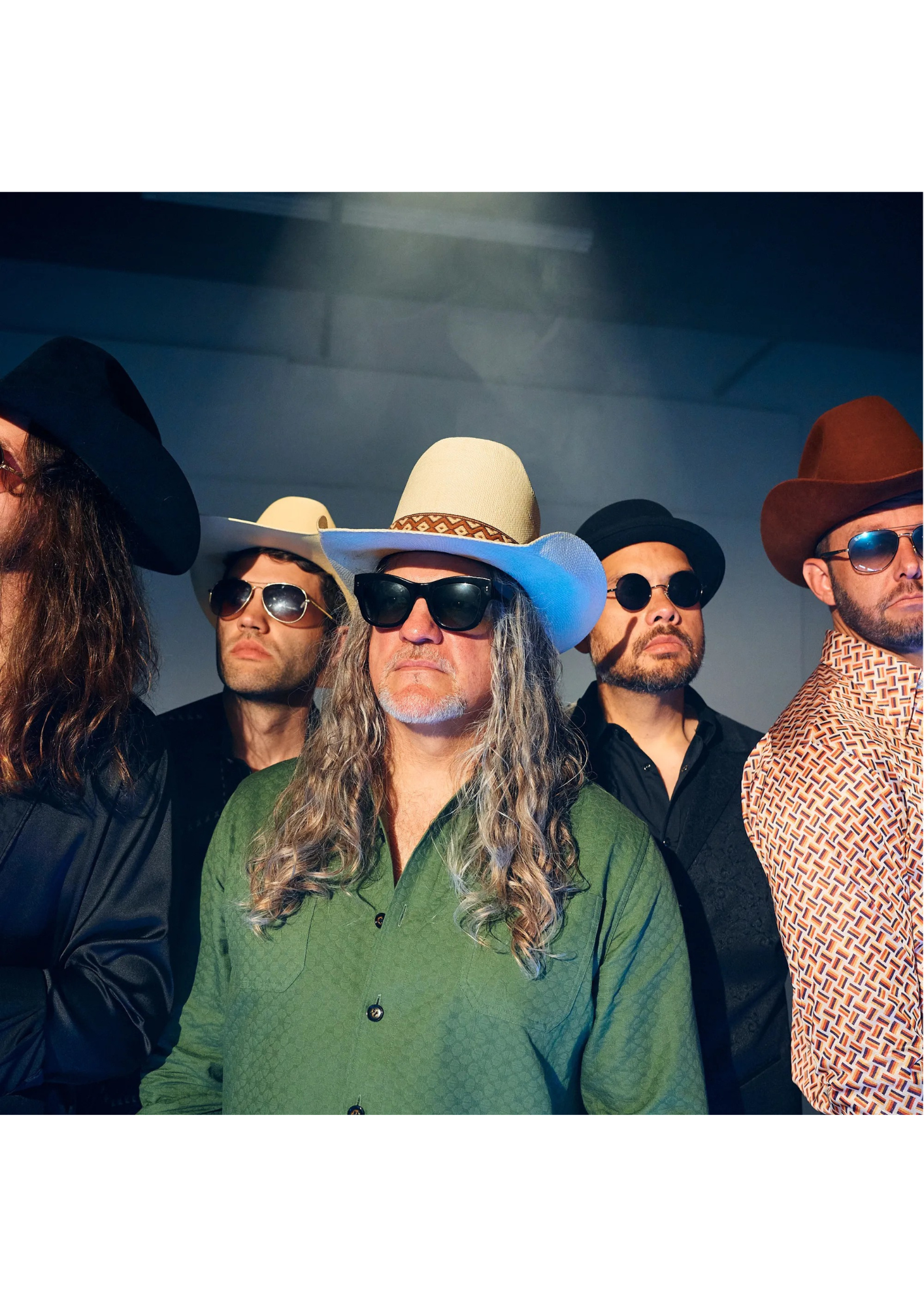

How to Befriend an Eagle: A Global Falconry Tradition
One of the most fascinating human-animal partnerships is the millennia-old tradition of hunting with golden eagles in Mongolia. Dr. Lauren McGough spent two years in the Altai Mountains, living with nomadic families, learning and documenting this incredible relationship between nomadic Kazakh people and wild eagles. Here she takes you on a whirlwind adventure of what it is like to learn to be an eagle hunter, how to earn an eagles' respect, and how to thrive in one of the world's harshest environments with horses, camels, goats, sheep, dogs and birds of prey. She now uses what she learned in Mongolia to rehabilitate young eagles that never learned to hunt in the wild, bringing these traditions to the USA for a species in need.

Cranes can dance?
Did you know that cranes can dance? They are also incredibly fierce protectors as well! Families are welcome to join us for a morning of learning all about crane dancing and fighting. Participants will get to practice their crane dance moves and learn all about the tough nature of these fancy-footed birds. This interactive program is geared toward families with elementary and middle school aged children and has limited space.

Wild About Whoopers
Wild About Whoopers will be at the Cook Museum of Natural Science, check this link for more details.
Sponsored by Decatur Morgan Hospital
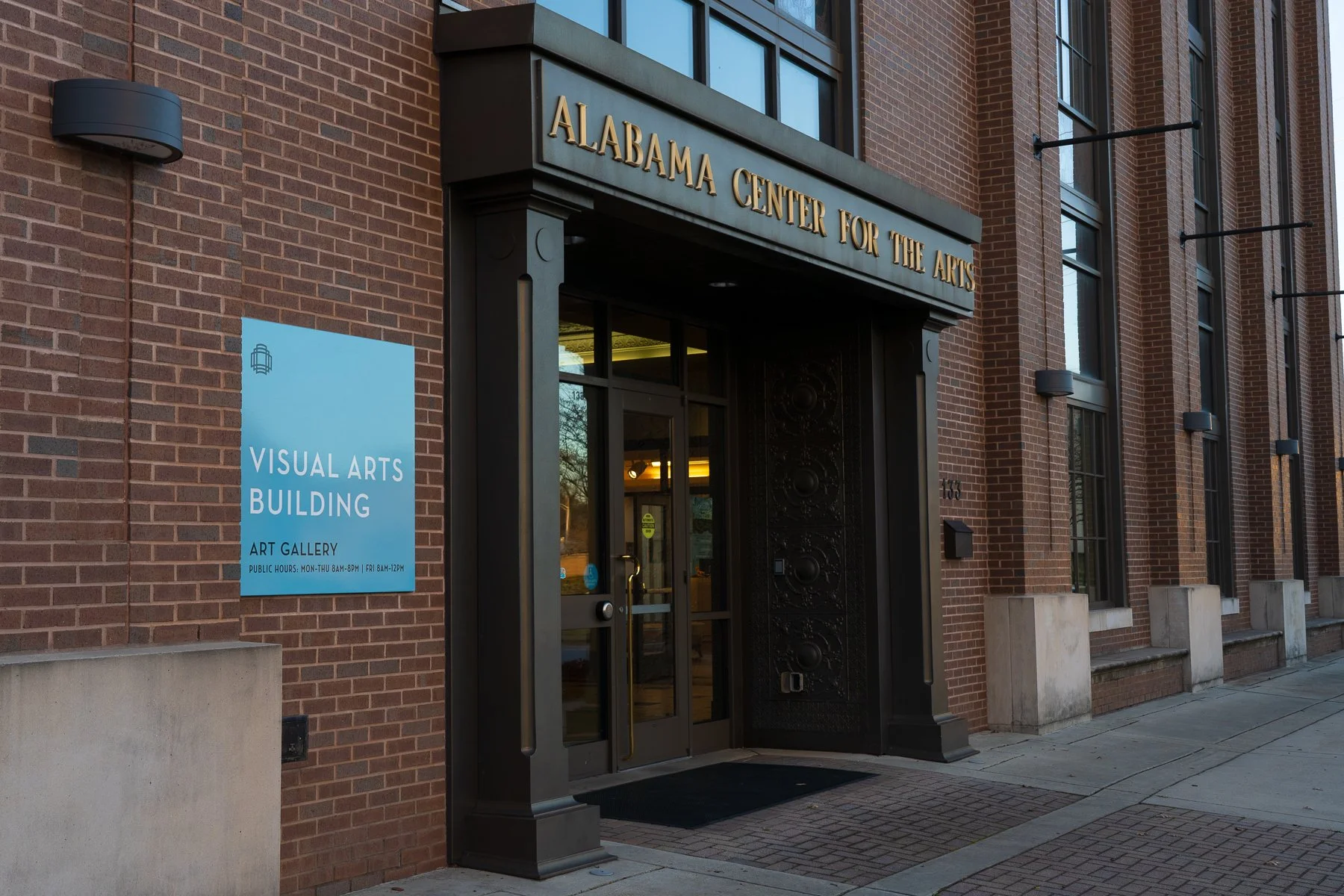
Make & Take Art Activities with ACA Art Faculty
“Paper Plate Birds” and "Thumb Print Cranes" – Make & Take Art Activities with ACA Art Faculty
Come and make some colorful feathered friends with the ACA Art Instructors. Let your imaginations take flight with paper plates and colors!

Christopher Joe
A leader in Alabama birding and ecotourism, Christopher offers insights into connecting people with nature through guided birding and nature tours in Alabama’s Black Belt. https://www.connectingwithbirdsandnaturetours.com/

Wings to Soar
Experience the wonder of live raptors up close in this thrilling educational presentation featuring hawks, owls, and more.

Woodpecker: A Year in the Lives of North American Woodpeckers
Award-winning nature photographer and author introduces his latest work, Woodpecker: A year in the life of North American Woodpeckers, combining stunning imagery with conservation insight.
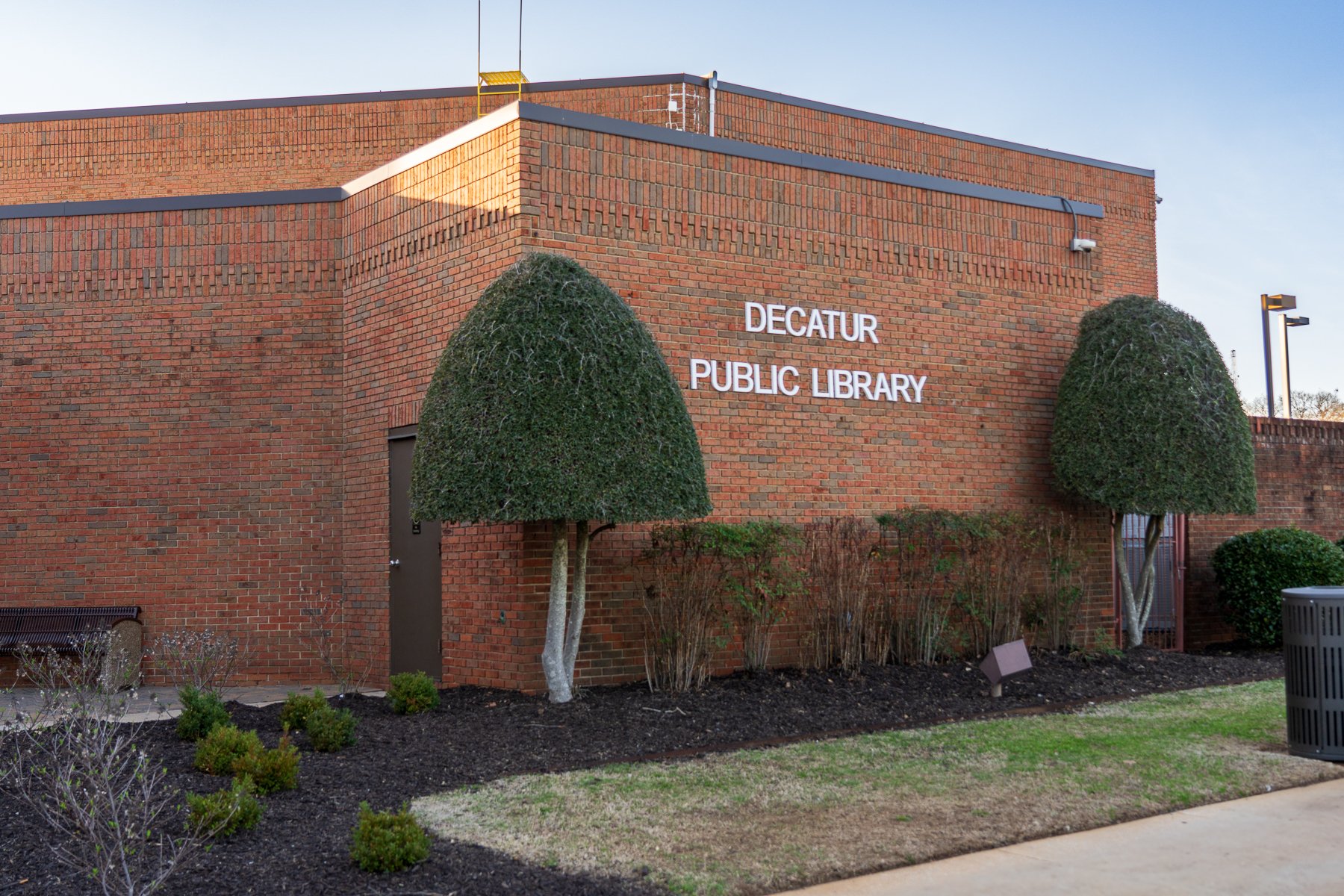
Trunk Goes Thunk! Story Time, with author Heather C. Morris
Author Heather C. Morris will read her book Trunk Goes Thunk! A Woodland Tale of Opposites and talk with kids about opposites, forests, and using all five senses to explore our wide and wonderful world. All ages are welcome to this free program. For more information, click the link below!

Wings to Soar
Experience the wonder of live raptors up close in this thrilling educational presentation featuring hawks, owls, and more.

Timothy Joe Art Demonstration
Art Demonstration: Art in Nature Conservation with Timothy Joe
Presented at the 2026 Festival of Cranes
Join artist and instructor Timothy Joe for an engaging soft pastels demonstration inspired by the natural beauty of the Wheeler National Wildlife Refuge. Known for his expressive landscapes and dedication to capturing the Southern environment, Timothy will guide attendees through his process—from storytelling, value, composition and color selection to layering techniques that bring light and texture to life.
This demonstration is ideal for artists, nature enthusiasts, and anyone interested in learning more about the pastel medium. Witness the transformation of a blank surface into a vivid, atmospheric scene celebrating the cranes and wetland landscapes that make this refuge so extraordinary.
Duration: Approximately 60–90 minutes
All levels welcome. Observation only; no supplies required

Building Blocks of Crane Behavior
Join ICF’s crane behavior workshop for families, where Anne Lacy and other staff from the International Crane Foundation lead an engaging exploration of crane biology and conservation
Once you see your first crane, watching their behavior raises many questions. These might range from how they interact with each other and with other species, to why and when they are territorial, to how they respond to changes in their environment. Cranes are ideal subjects for behavior studies because of their large size and their social nature within a bonded pair, family group, and subadult cohorts. While scientific studies often customize the various categories, one can begin with the basic five: foraging, alert, social, comfort, and locomotion.
In this workshop, International Crane Foundation staff will begin with an introduction of the behavior terms, crane morphology, and life history stages. Following the presentation, they will lead an interactive activity where participants will have the opportunity to collect data on crane behavior from a family of cranes. You will emerge from this experience ready to make your own observations, understanding when a crane is performing behaviors essential to their well-being, and knowledge of how to safely view cranes without disturbing them. This interactive activity is limited to 20 people (first come first served). Participation in the interactive program is not required to attend the presentation portion of this event.

Lee Hedgepeth
An investigative journalist with Inside Climate News, Lee covers the intersection of environmental issues, conservation, and Southern communities.

Free Meet & Greet with Hope
Come and meet Hope, get your picture made with her, or even practice your crane dance moves with her!

Photography Tips with Donald Hood of Status Image Photography
Donald Hood, of Status Image Photography, will discuss ways to make sure your wildlife pictures are the best they can be. Whether you shoot with your phone, a point-and-click camera, or a professional-grade camera, there are techniques you can use to take your pictures to the next level. We will also introduce the amateur photography contest that will be part of the 2027 Festival of the Cranes, giving you one year to perfect your technique. This program is for all ages.

Into Whooperland - A Photographer's Journey With the Rarest Crane in the World
Conservation photographer Michael Forsberg spent the last five years camera-in-hand exploring the natural history of whooping cranes across the continent, meeting people that love them, and discovering how these tall, magnificent and rarest of cranes are navigating our 21st-century world. In this multimedia presentation, Mike will take you on a wild, wonderful, and sometimes heartbreaking journey from whooping crane wintering grounds along the Texas Gulf Coast to their remote nesting grounds in northern Canada, and on migration through the heart of the Great Plains.
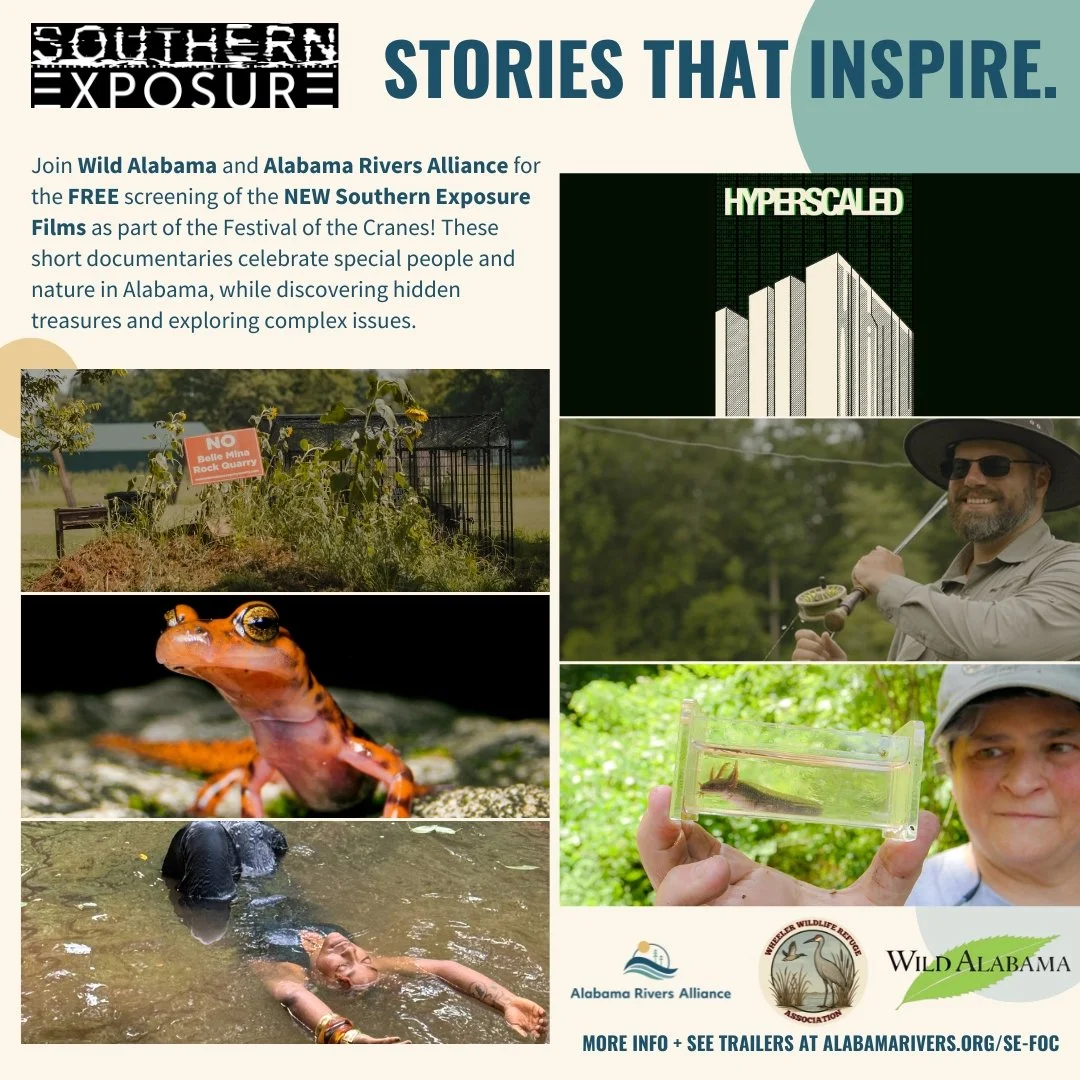
Southern Exposure Films
Presented by the Alabama Rivers Alliance and Wild Alabama, this powerful film series showcases short documentaries that highlight environmental issues and natural beauty across the South.

Building Blocks of Crane Behavior
Join ICF’s crane behavior workshop for families, where Anne Lacy and other staff from the International Crane Foundation lead an engaging exploration of crane biology and conservation
Once you see your first crane, watching their behavior raises many questions. These might range from how they interact with each other and with other species, to why and when they are territorial, to how they respond to changes in their environment. Cranes are ideal subjects for behavior studies because of their large size and their social nature within a bonded pair, family group, and subadult cohorts. While scientific studies often customize the various categories, one can begin with the basic five: foraging, alert, social, comfort, and locomotion.
In this workshop, International Crane Foundation staff will begin with an introduction of the behavior terms, crane morphology, and life history stages. Following the presentation, they will lead an interactive activity where participants will have the opportunity to collect data on crane behavior from a family of cranes. You will emerge from this experience ready to make your own observations, understanding when a crane is performing behaviors essential to their well-being, and knowledge of how to safely view cranes without disturbing them. This interactive activity is limited to 20 people (first come first served). Participation in the interactive program is not required to attend the presentation portion of this event.

Woodpecker: A Year in the Lives of North American Woodpeckers
Award-winning nature photographer and author introduces his latest work, Woodpecker: A year in the life of North American Woodpeckers, combining stunning imagery with conservation insight.

Delicate Dancers and Fierce Fighters: The Natural History of Cranes
Cranes have been a part of human culture around the world for thousands of years. These majestic birds have captivated the hearts and minds of the inhabitants on all 5 continents in which they are found. During this engaging and entertaining presentation, guests will learn all about the natural history of cranes around the world, discover their importance in culture and folklore, and hear the poignant story of Whooping Crane conservation.

Jimmy Stiles
Jimmy Stiles - Herpetologist and Nature Lover: Mr. Stiles will share information about the reptiles and amphibians of Alabama. This hands-on experience is always a hit!

Wings to Soar
Experience the wonder of live raptors up close in this thrilling educational presentation featuring hawks, owls, and more.

Writing With Light
Conservation photographer Michael Forsberg will share insights from his 30-year career documenting the Great Plains and beyond. In this workshop, he’ll offer tips on crafting compelling photographic compositions and teach fundamental techniques to help you feel more confident and prepared in the field.

Wings to Soar
Experience the wonder of live raptors up close in this thrilling educational presentation featuring hawks, owls, and more.

Jimmy Stiles
Jimmy Stiles - Herpetologist and Nature Lover: Mr. Stiles will share information about the reptiles and amphibians of Alabama. This hands-on experience is always a hit!

Art Workshop with Timothy Joe
Workshop with Timothy Joe: Painting Nature in Handmade Mini Watercolor Journals
Hosted by: Carnegie Visual Arts Center – as part of the Festival of the Cranes 2026
Join artist and instructor Timothy Joe for an inspiring watercolor workshop focused on capturing the beauty of nature in your own handmade mini zig zag watercolor journal. Participants will explore painting techniques suitable for plein air studies and intimate nature sketches, guided by Timothy’s expertise in watercolor and storytelling through art.
Date: January 11th, 1:30-3:30
Location: Carnegie Visual Arts Center
Registration Fee: $75
Supplies: Students should bring their own painting materials.
Spaces are limited. Reserve your spot today and experience the joy of painting the natural world in a unique, personal format.
For registration and additional information, please contact the Carnegie Visual Arts Center or visit www.carnegiearts.org/events

The Albatross of Midway Atoll
Dr. Lauren McGough spent the previous winter on Midway Atoll counting over half a million active albatross nests. Nearly 70% of the world's Laysan albatross and one third of black-footed albatross nest on Midway, not to mention over a million bonin petrels and endangered species such as short-tailed albatross, monk seals and the Hawaiian green sea turtle. Humans and albatross live in close quarters on this 2.4 square mile Atoll, giving visitors insights into avian behavior that one might never see up close and in person. With its pivotal WWII history, and currently serving as an important emergency runway for airplanes crossing the Atlantic, this little island remains of outsized importance to the world.
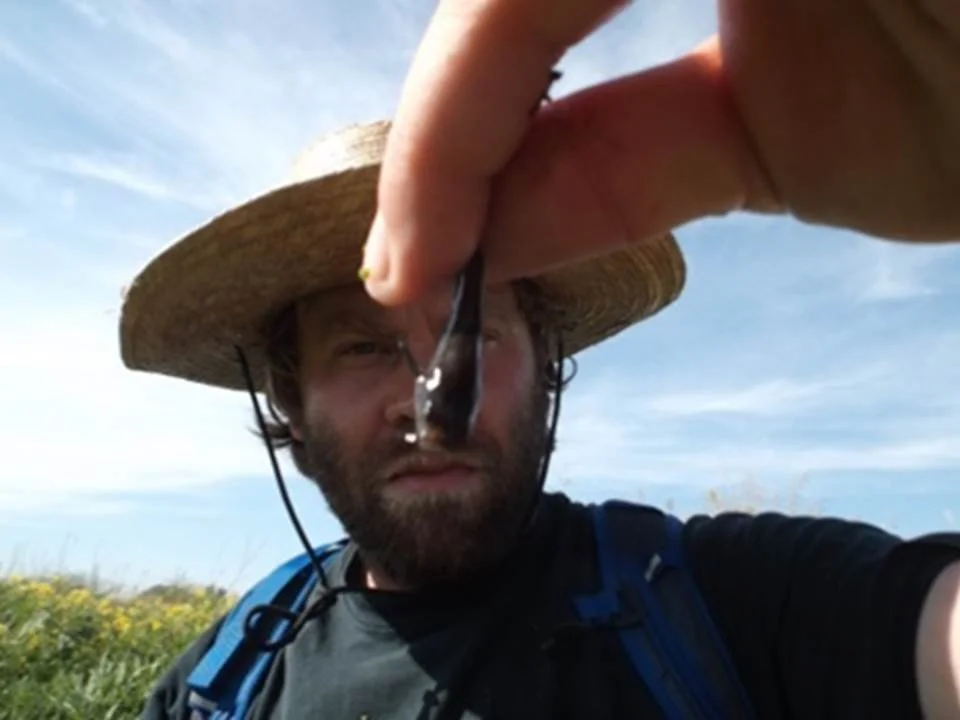
Dr. Andy Caven (ICF)
An issue of scale: building coalitions to address wetland habitat connectivity challenges


